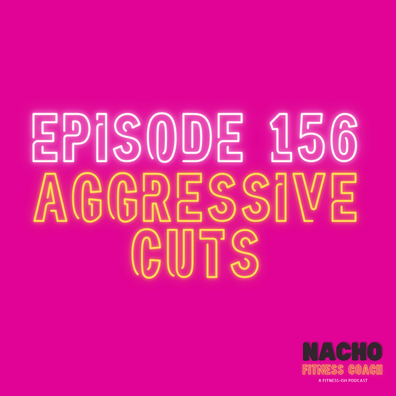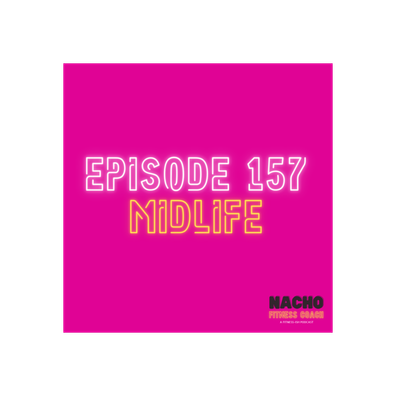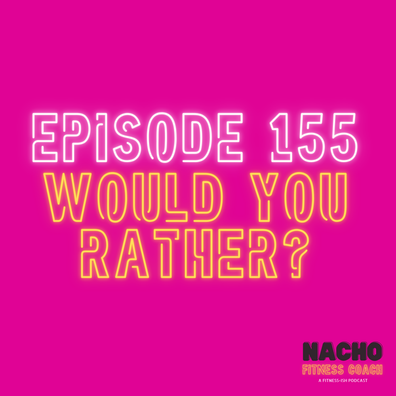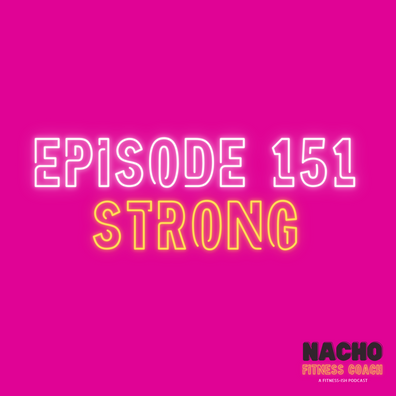Paleo Diet vs. Keto: Which is Right for You?
The Paleo and Keto diets have gained immense popularity among those seeking healthier lifestyles in recent years. Both diets promise weight loss, improved energy levels, and better overall health. Still, they differ significantly in their approach and principles. Understanding these differences can help you decide which diet might be best for you.
Understanding the Paleo Diet
What is the Paleo Diet?
The Paleo diet, known as the Paleolithic or "caveman" diet, is based on eating like our ancestors. It focuses on consuming whole, unprocessed foods available to humans during the Paleolithic era.
Core Principles of the Paleo Diet
- Whole Foods: Emphasizes fruits, vegetables, lean meats, fish, eggs, nuts, and seeds.
- Eliminates Processed Foods: Avoids processed foods, grains, legumes, dairy, and refined sugars.
- Natural Fats: Encourages consumption of healthy fats from nuts, seeds, avocados, and fatty fish.
Benefits of the Paleo Diet
- Nutrient-Rich: High in vitamins, minerals, and antioxidants due to the emphasis on fruits and vegetables.
- Anti-Inflammatory: Reduces inflammation by avoiding processed foods and refined sugars.
- Improved Digestion: Eliminates common irritants like grains and dairy, potentially improving gut health.

Understanding the Keto Diet
What is the Keto Diet?
The ketogenic, or "keto" diet, is a low-carb, high-fat diet designed to put your body into a state of ketosis. In ketosis, the body burns fat for fuel instead of carbohydrates, leading to weight loss and increased energy levels.
Core Principles of the Keto Diet
- Low Carbohydrates: Limits carbohydrate intake to 20-50 grams per day.
- High Fat: Consumes 70-75% of daily calories from healthy fats.
- Moderate Protein: Protein intake is moderate, making up 20-25% of daily calories.
Benefits of the Keto Diet
- Rapid Weight Loss: Promotes fat burning and can lead to significant weight loss.
- Stable Blood Sugar: Helps regulate blood sugar levels, potentially beneficial for those with diabetes.
- Increased Energy: Many people report sustained energy levels and mental clarity.
Critical Differences Between Paleo and Keto
While both diets focus on whole foods and can lead to weight loss and improved health, they have distinct differences:
Carbohydrate Intake: Paleo allows for moderate carb intake from fruits and vegetables, whereas Keto strictly limits carbs to induce ketosis.
Fat Consumption: Keto emphasizes high fat intake, while Paleo focuses on natural, healthy fats without a specific fat target.
Food Restrictions: Paleo excludes grains, legumes, and dairy, while Keto allows for dairy and some processed foods as long as they are low in carbs.
Primary Goal: Paleo aims for overall health and a return to ancestral eating habits. Keto is specifically designed to achieve and maintain ketosis for fat burning.
Choosing the Right Diet for You
When deciding between the Paleo and Keto diets, consider your health goals, lifestyle, and personal preferences:
- Weight Loss: Both diets can help with weight loss, but Keto may lead to faster results due to ketosis.
- Sustainable Eating: Paleo might be easier to maintain in the long term since it allows a broader variety of foods.
- Health Conditions: If you have specific health issues like diabetes, the Keto diet's ability to stabilize blood sugar might be beneficial.
- Food Preferences: Consider which diet aligns better with your taste preferences and eating habits.
Conclusion
Both the Paleo and Keto diets offer unique benefits and can contribute to a healthier lifestyle. By understanding the core principles and differences of each, you can make an informed decision about which diet aligns best with your health goals and personal preferences. Remember, the best diet is one that you can stick to, and that makes you feel your best.
Ready to work with Nacho Fitness Coach?
Let's connect! We’re here to help.
Send us a message and we’ll be in touch.
Or give us a call today at 913-788-6511
Agency Contact Form
More Marketing Tips, Tricks & Tools










